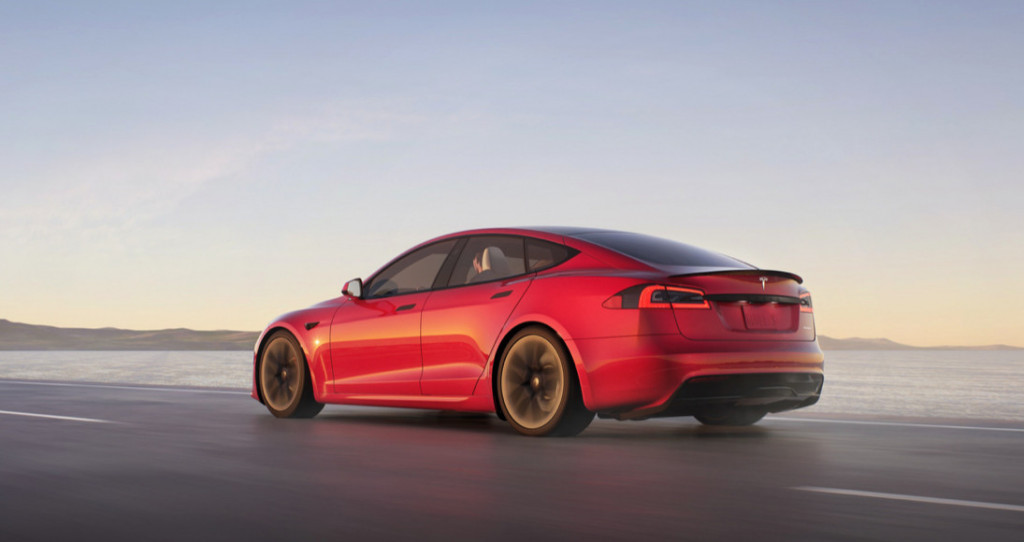Tesla has branded its most advanced driver-assistance tech Full Self-Driving, but the feature is nowhere close to delivering a fully self-driving experience. In fact, it still requires driver monitoring 100% of the time as it often makes mistakes. The new head of the National Transportation Safety Board (NTSB) has a problem with that.
In an interview with The Wall Street Journal, Jennifer Homendy, chair of the NTSB, called the use of the Full Self-Driving name "misleading and irresponsible," saying that consumers pay more attention to marketing than warnings in an owner's manual or on an automaker's website.
Tesla's marketing "has clearly misled numerous people to misuse and abuse technology," she said. Homendy also cautioned Tesla against rolling out a city-driving function (the existing function is designed primarily for highway driving) that was recently announced by CEO Elon Musk, before the company addresses "basic safety issues."

2021 Tesla Model S Plaid
She also expressed concern over the way Tesla tests features on public roads, according to The Wall Street Journal. While the various driver aids are installed in production cars for paying customers, Tesla has often referred to the newest versions as "beta" versions, turning its customers into testers.
The NTSB investigates crashes, but has no regulatory authority. However, its counterpart agency, the National Highway Traffic Safety Administration (NHTSA) does have rule making power, and opened its own Tesla safety probe in August after a series of crashes involving emergency vehicles.
Musk has said that Full Self-Driving will live up to its name through gradual software updates, and will even allow owners to rent their cars out as "robotaxis" at some point, but that seems unlikely to happen anytime soon. In the meantime, Tesla is charging up to $10,000 for Full Self-Driving, although customers do have the option of a monthly subscription.